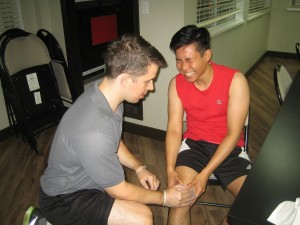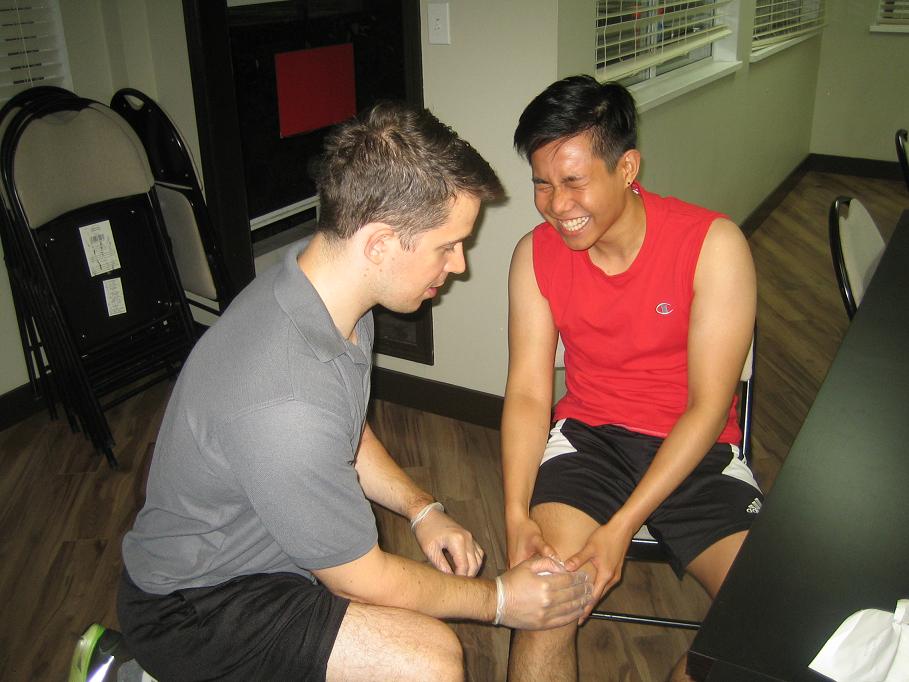Osteoarthritis is the most common form of arthritis and occurs when the cartilage that is found at the ends of the bones wears down over time. Osteoarthritis can damage any joints in the body mostly the hands, knees, spine and the hips. It gradually worsens but staying active, maintaining a healthy weight can slow down the progression of the disease and help in improving pain and functions of the joints.
Symptoms of osteoarthritis
- There is pain in the joint during and after movement and tenderness in the joint when applying pressure to it.
- Stiffness of the joints upon waking up in the morning or after a period without any activities.
- There is difficulty in moving the joints through full range of motion.
- There is a sound or feeling of grating sensations when using the joints
- Some extra bits of bone or bone spur which will feel like hard lumps that will form around the affected joints.

Osteoarthritis happens when the cartilage that functions in cushioning the ends of the bones in the joints deteriorates. A cartilage is a firm slippery tissue that allows a frictionless motion of the joints. In osteoarthritis, the surface of the cartilage will wear down completely and will cause the bone to rub on another bone.
Osteoarthritis is a degenerative disease that will worsen over time and joint pain and stiffness becomes severe that there is difficulty in moving such as doing daily tasks.
Treatment and home remedies for osteoarthritis
- Do some exercises in order to increase the endurance and to strengthen the muscles found around the joint and make it more stable. Some simple exercise like walking, biking or swimming can be helpful, but if there is a new joint pain, stop the exercises.
- Avoid becoming overweight or obese since it will increase the stress on the weight-bearing joints, like the knees and the hips. With just a small amount of weight loss can help in relieving the pressure and minimize the pains.
- Apply both heat and cold compress in the affected areas in order to minimize the pain. Heat compress can help relieve stiffness of the joints and cold compress can help relieve muscle spasms and pain. You can learn more about hot and cold therapy by enrolling in a first aid course
- Apply over-the-counter creams and gels to provide relief from osteoarthritic pain. Some creams can cause numbness of the affected area by creating hot or cold sensations. Pain creams are best for the joints that are close to the skin surface like the knees and fingers.
- Use assistive devices like a cane to make it easier for the individual with osteoarthritis to go about the day without causing stress on the painful joints. The cane can take the weight off the knee or hips as the person walks.

